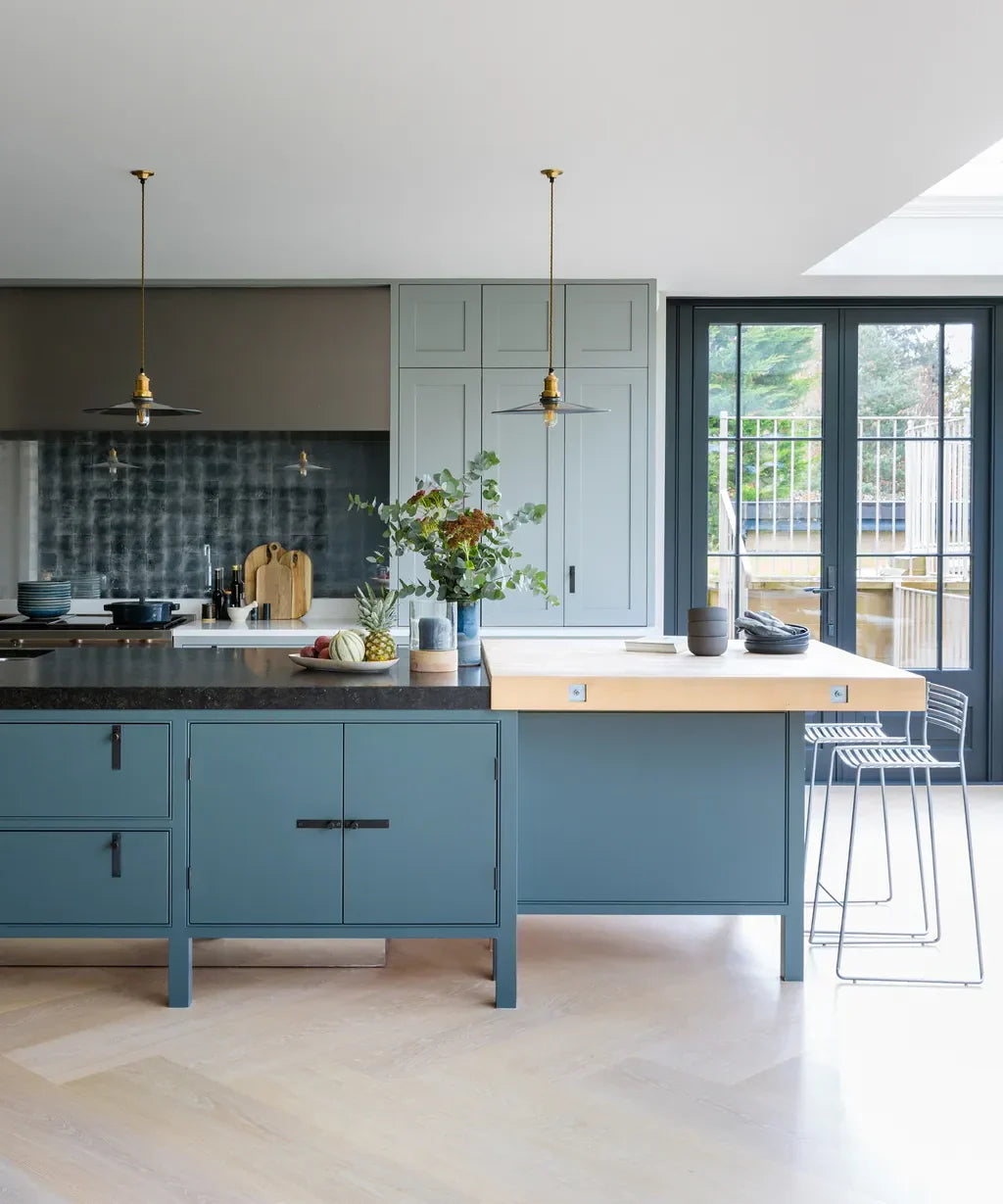
Making Nothing Look Good: A Beginner’s Guide to Negative Space
Have you ever walked into a room and thought, “Wow, this feels so calm and beautiful—like the architectural version of a deep breath”? That, my friend, is the magic of negative space. Not to be confused with your third-grade feelings about math, negative space isn’t bad. It’s actually what makes the good stuff shine.
So what is negative space, exactly?

image credit: Future/Polly Wreford
Well, imagine your living room is a party. Negative space is the introvert who stands quietly in the corner but makes the whole vibe cooler. It’s the empty area around the furniture, the breathing room between your gallery wall frames, the stretch of bare floor that doesn’t trip you on the way to the bathroom at 3 a.m. It’s not nothing—it’s intentional nothing. And like all things minimal, it’s trickier than it looks.
1. The Great Declutter (aka: Let That Junk Go)
Start by looking at your space and asking yourself, “Do I love this, or am I emotionally holding onto it because I bought it for full price at HomeSense?” If it’s the latter, it might be time to lovingly say goodbye. Negative space can’t happen if every surface looks like a cluttery knick-knack convention.
2. Let Your Furniture Breathe
Just because you can fit a loveseat, two armchairs, a coffee table, and a fainting couch into your living room doesn’t mean you should. Give your furniture some elbow room! Push it away from the walls (yes, even if you have a small space), and let it hang out in the middle like it owns the place.

Image credit: Future / Paul Raeside
3. Empty Walls Are Not a Crime
You do not need to fill every wall with art. I know, this is a bold stance coming from someone who once stapled a rug to a canvas and was happy with it for 6 months . But trust me: white space on the walls gives your eyes a place to rest and makes the art you do hang feel more intentional.
Try this: hang one large piece and give it the VIP treatment. No crowding. No entourage. Just that piece and a whole lot of glorious emptiness.
4. Get Zen with Your Decor
If your shelves are screaming under the weight of 37 mismatched vases, it might be time to scale back. Try a simple grouping—odd numbers work best, because design is secretly a little superstitious—and leave space around each object. It creates rhythm, calm, and dare I say... sophistication?
This doesn’t mean boring. It means confident. Like, “I only need two candles and a bowl to make this shelf sing” kind of confidence.

Image credit: Mowlem & Co
5. Floor Space: The Forgotten Hero
Negative space isn’t just about walls and shelves. Your floors need a little room to breathe, too. If your area rug is doing all the heavy lifting while flanked by eight pieces of furniture and a plant you neglect named Denise, consider simplifying. Removing even one item can change the entire flow of the room. In this kitchen, propping the island on legs gives negative space into the room’s design. The island leaves a lighter impression than one that occupies the area to the floor and allows a long view through the room that focuses attention on the central feature.
Final Thoughts: It's Not Emptiness, It's Intention
Creating negative space in your home isn’t about having less. It’s about having more of what matters. More calm. More light. More moments where you walk into your home and go, “Ahhhh, this feels nice.”
So go forth and edit. Create some breathing room. Make space for space. Your eyeballs—and your nervous system—will thank you.
- Juliette

